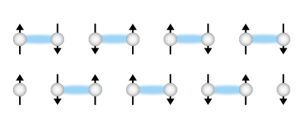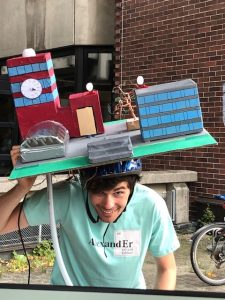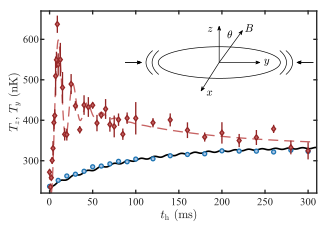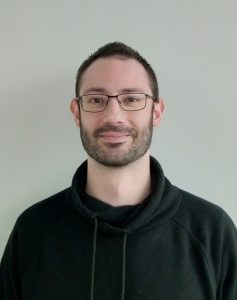Now published in PRR with collaborators from ICFO, Barcelona! In the recent years, great effort has been devoted toward the study of symmetry-protected topological phases. We show that the bond order wave (BOW) induced by frustration between competing couplings has a nontrivial topological sector in the presence of chiral symmetry. We reveal its topological nature by finding a nonzero string order correlator and a degenerate entanglement spectrum, and design a realistic experimental scheme involving magnetic atoms trapped in an optical lattice. The latter paves the way towards an efficient quantum simulation of topological phases in many-body quantum systems.
The paper can be accessed here: Phys. Rev. Research, and the pre-print here: arXiv
 Thomas Bland
Thomas Bland
Determination of the scattering length of erbium atoms
Now published in PRA with collaborators from JILA, Boulder (Colorado, USA), we accurately determine the scattering length for the four bosonic erbium isotopes with highest abundance in the magnetic field range from 0G to 5G. We use the cross-dimensional thermalization technique and extract the scattering length by applying a fit of the complete Enskog equations of change and by utilizing an analytic formula for the so-called number of collisions per re-thermalization. We benchmark our results with the very accurate but experimentally more demanding lattice modulation spectroscopy, confirming the accuracy of our experimental protocol.
The paper can be accessed here: Phys. Rev. A, and the pre-print here: arXiv
Inter-species interactions in an Er-Dy condensate
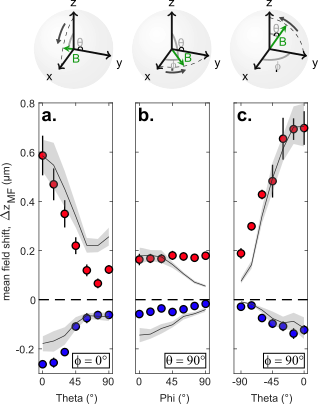
We present a first study of the influence of the dipole-dipole interaction on the total inter-species interaction in our erbium-dysprosium mixture. In collaboration with M. Modugno from the University of the Basque Country, we develop a model for our heteronuclear mixture, which describes qualitatively well our system and allows us to predict a lower and an upper bound for the inter-species scattering length. With this work, we make the first steps toward the study of the experimentally unexplored miscibility-immiscibility phase diagram and the realization of quantum droplets and supersolid states in heteronuclear dipolar mixtures.
This work is now published as the editors’ suggestion in Phys. Rev. A [paper] [arXiv]
Revealing the topological nature of the bond order wave in a strongly correlated quantum system
In collaboration with our colleagues from ICFO in Barcelona, we theoretically investigate the topological properties of the bond order wave in the extended Fermi-Hubbard model. We find that in a finite sized system, a topological order in the bond order wave regime can be stabilized experimentally allowing for the preparation of topologically protected edge modes. We finally propose an experimental scheme for the implementation and detection of this particular quantum phase.
The arXiv link is here

